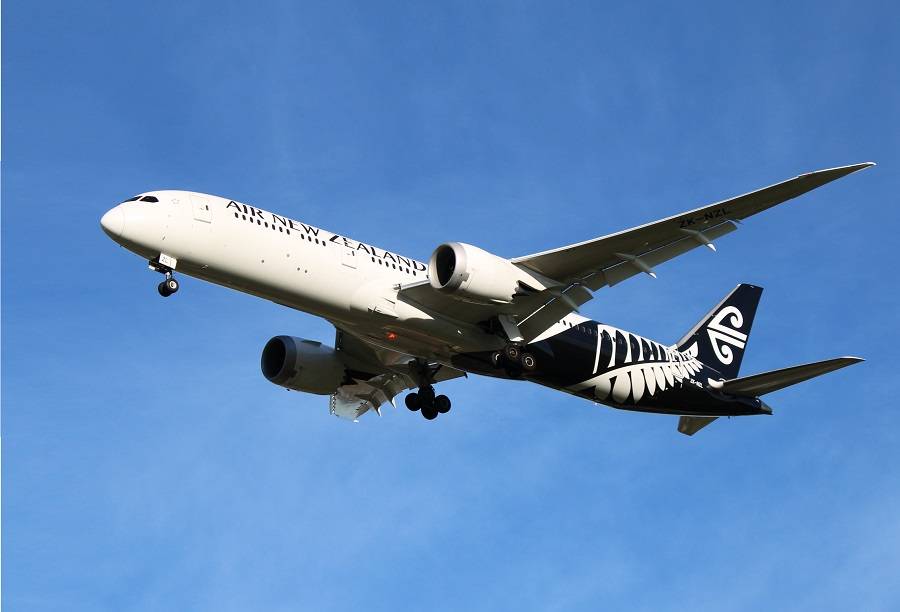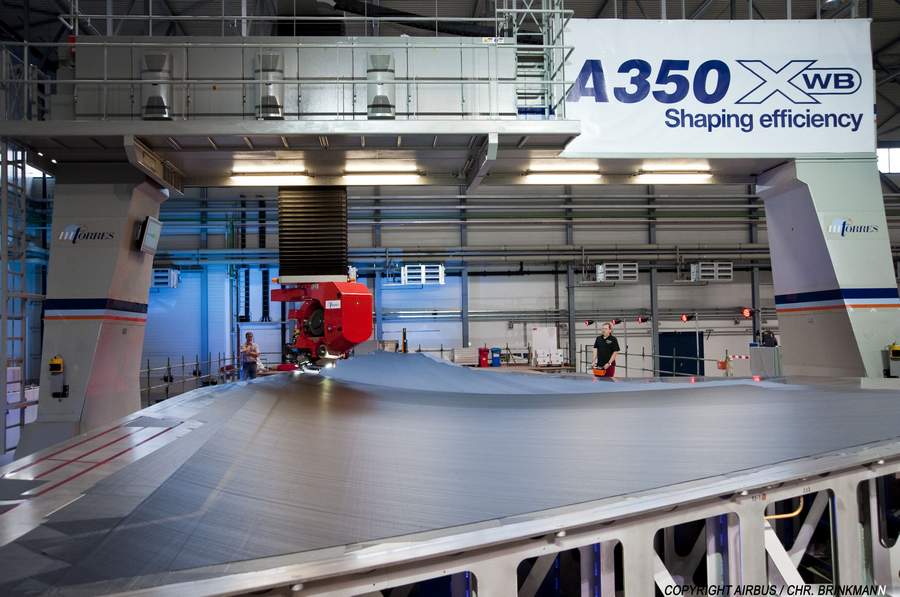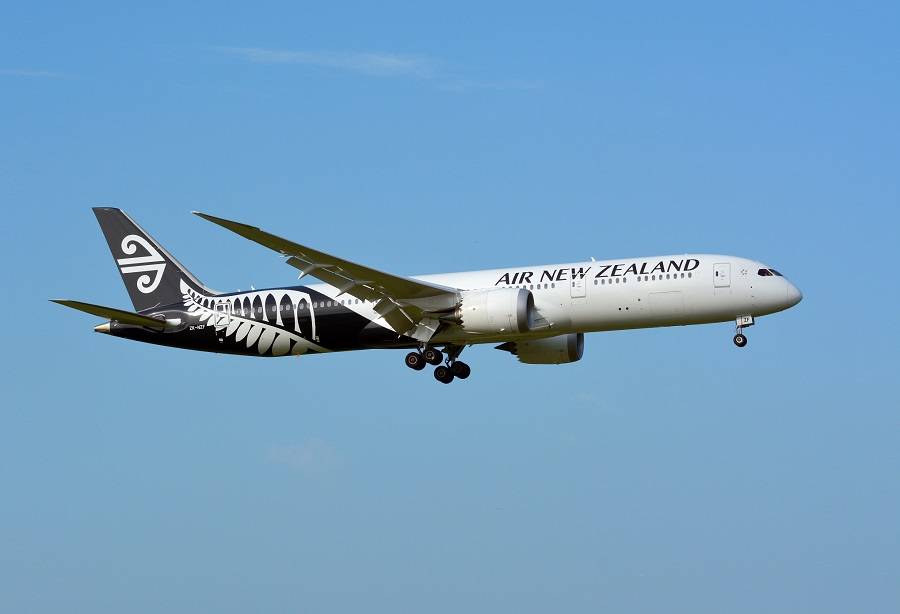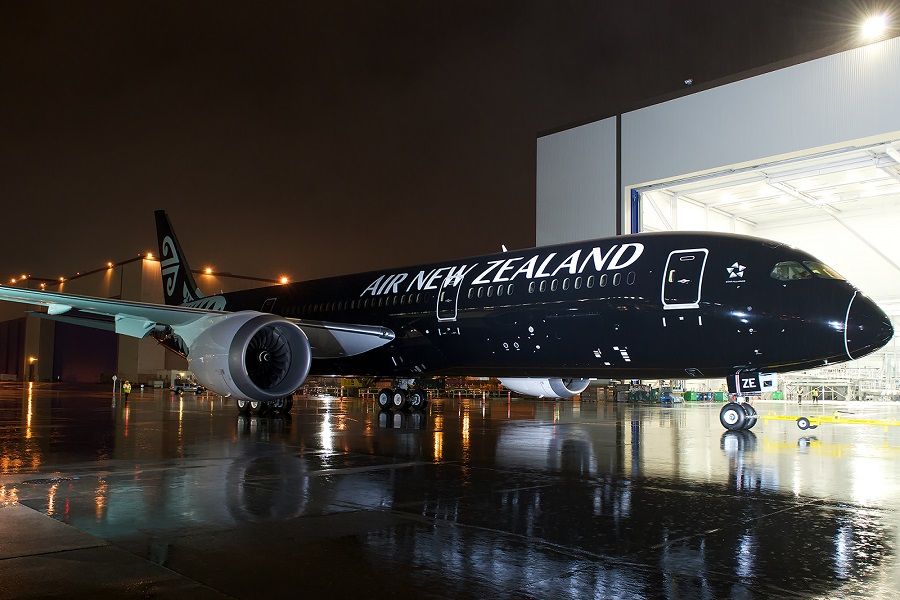After Airbus and the peeling paint headaches of its composite A350, it now seems that Boeing may have a similar issue with its composite 787.
Composite materials bring substantial advantages in aircraft manufacturing and design. Aluminium has plenty of merits, and it can be built into incredibly light structures, too. But materials like carbon fibre have more elasticity, which brings new benefits. The 787’s unusually “bendy” high aspect ratio wings are one of them.

But new materials come with new challenges. And it seems that after Airbus, Boeing has its own peeling paint issues, with its 787. To be clear, Boeing maintains that the nature of this problem is different from that of Airbus’ A350. But it still relates to painting and composites. In this case, the problem is in the wings of an unspecified number of 787s, belonging to Air New Zealand.
Boeing, Peeling Paint and Composites
The aluminium-alloy wings of previous aircraft designs usually have little or no paint on them. But planes like the Boeing 787, the Airbus A350, the smaller A220 and UAC’s MC-21 need paint (hopefully not peeling) on their composite wings. Like the fuselage in the A350, the 787’s wings also have a copper layer, to help create a Faraday cage. This is to help guard against lightning strikes. But we don’t know if this peeling paint issue has to do with the way Boeing implemented this layer.

In the case of the fuselage of the A350, the paint, the carbon fibre fuselage and the copper mesh between them, have to stick together as the aircraft pressurizes and depressurizes, expanding and contracting accordingly. This expansion is not an issue with a wing. But the wing bends up and down, as it takes the plane’s weight. And the Boeing 787’s wing bends a lot – which makes it more challenging to keep the paint from peeling.
In this case, it appears that Boeing believes the issue relates to UV light, which degrades the paint. Like Airbus, Boeing is adamant that this peeling paint is not a safety of flight issue. It’s also not an urgent issue to repair. According to reports, Air New Zealand’s 787s will fly to the US next May, to get new paint. They will also get a new protective layer against UV light, to keep the issue from reoccurring.
Options for Fixes
This is a long-term solution. Boeing also offers shorter-term fixes, like local touch-ups, to take care of the peeling paint. The manufacturer states that it is working closely with its customers (plural), to address this cosmetic issue. So we can assume that more airlines have such issues, with Boeing accommodating their needs to offer the right fix.

As we have seen, Qatar and Airbus have now gone the legal route, with regards to the A350’s paint issues. We also know that Qatar has a sizeable fleet of 787s: 30 787-8s and 7 operational 787-9s, with more on order. Its aircraft are a bit older, on average than those of Air New Zealand.
Like Boeing, Airbus has offered to solve the peeling paint issues of its A350 customers. Qatar wasn’t happy with this solution, however. It will be interesting to see how prevalent the issue is, with the world’s 787 fleet. But unlike Airbus and the A350, Boeing and the 787 has more pressing issues these days.




